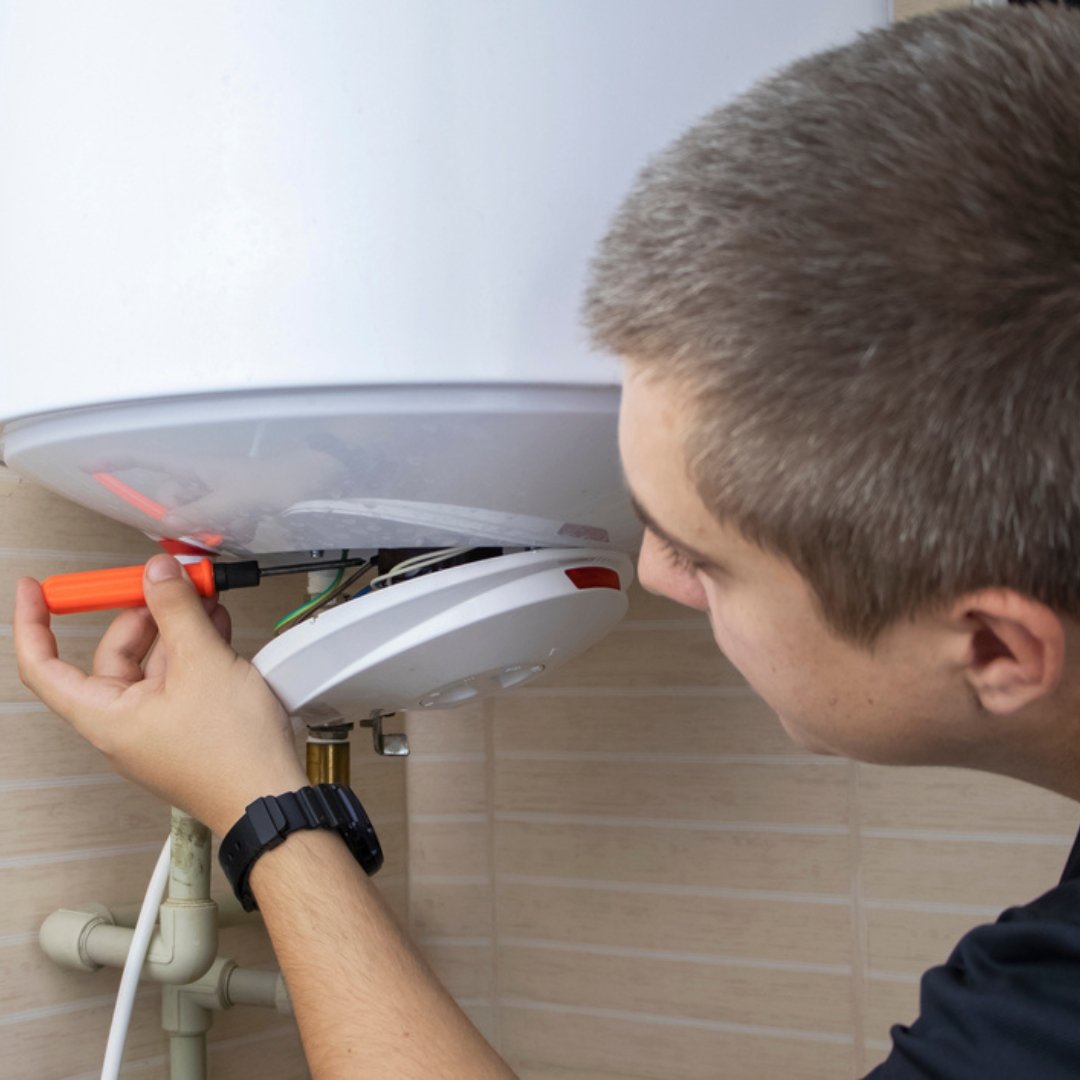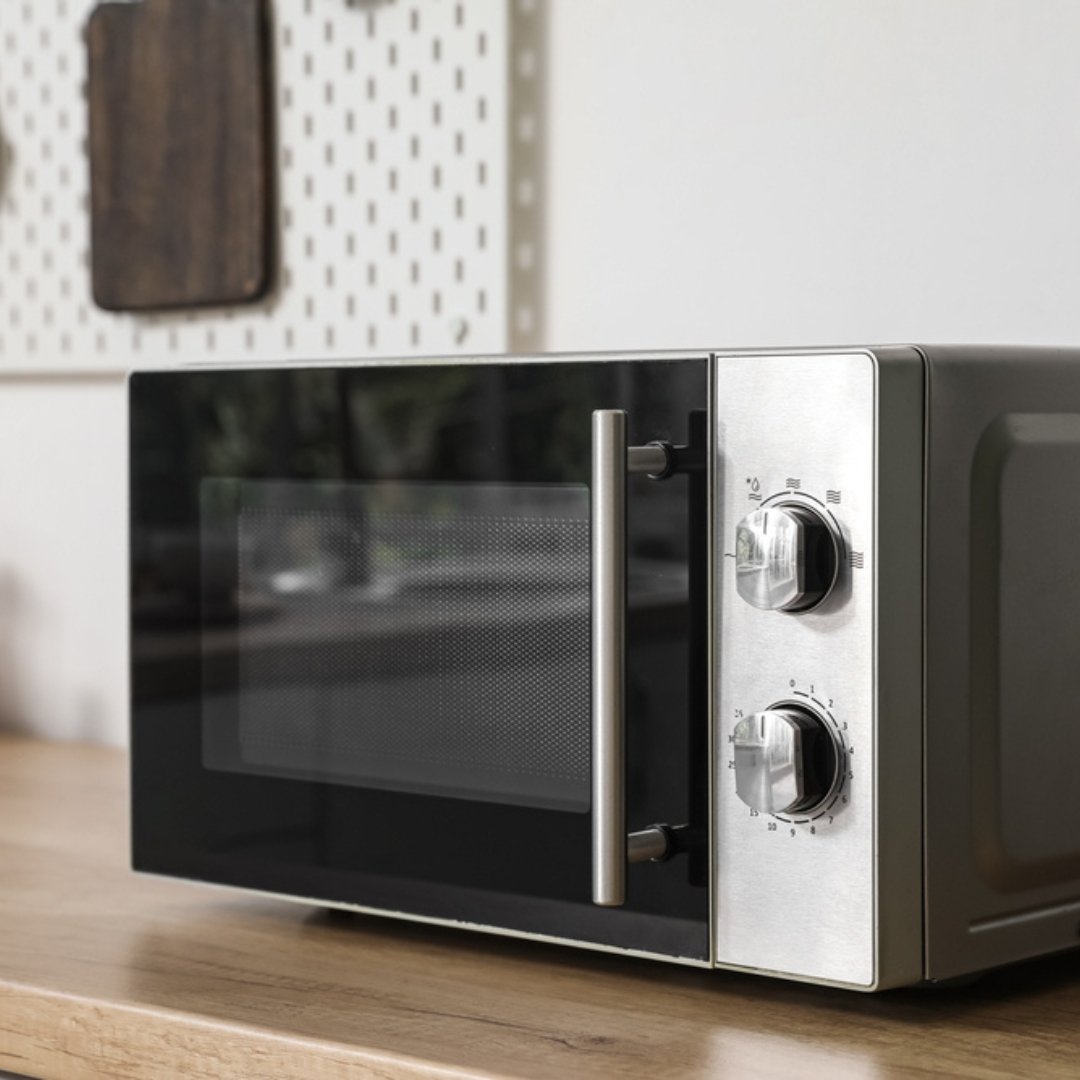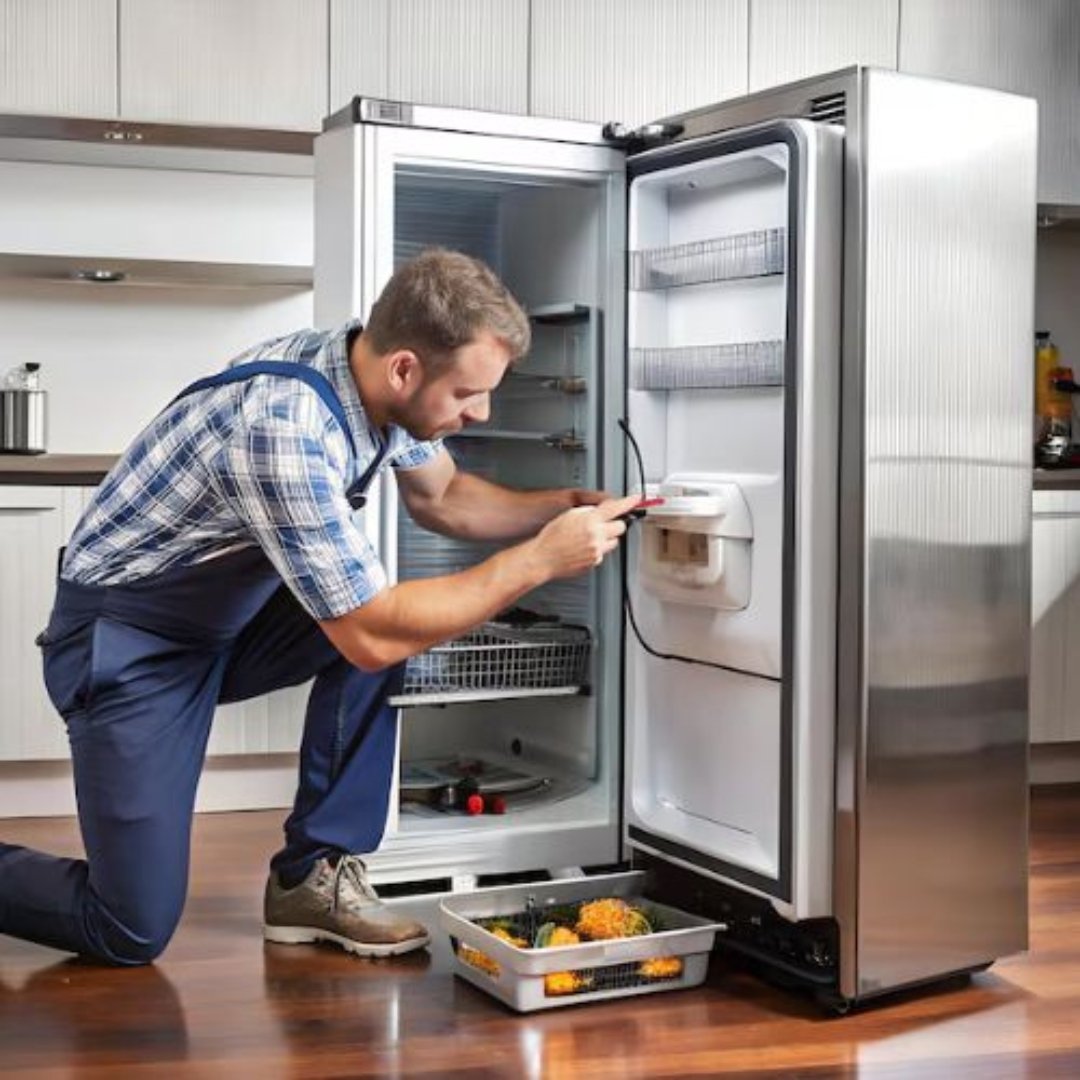Understanding AS/NZS 3760 Standards for Testing & Tagging
Electrical safety is a non-negotiable priority in every workplace across Australia and New Zealand. The AS/NZS 3760:2022 standard, formally titled In-service safety inspection and testing of electrical equipment and RCDs, outlines the procedures and intervals for the inspection, testing, and tagging of portable electrical appliances. At Safetag, we ensure businesses remain compliant, safe, and efficient by strictly adhering to these standards. To Know More Click Here
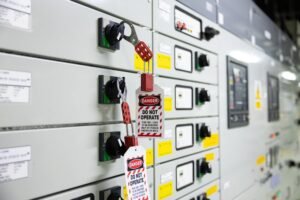
What Is AS/NZS 3760?
The AS/NZS 3760 standard provides a clear framework for:
- Regular inspection and testing of electrical appliances
- Ensuring equipment is safe for continued use
- Identifying potential electrical hazards early
- Applying appropriate tags with test details and retest dates
It applies to workplaces, public areas, construction sites, schools, and anywhere electrical equipment is used.
Why Is This Standard Important?
Compliance with AS/NZS 3760 helps to:
- Prevent electrical shock or fire due to faulty appliances
- Demonstrate due diligence under WHS/OHS regulations
- Maintain a safe environment for employees and the public
- Avoid fines or legal liabilities in the event of an incident
Employers and site managers have a legal and moral responsibility to ensure electrical equipment is tested regularly and tagged according to this standard. To Know More Click Here
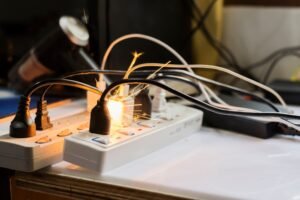
Key Requirements of AS/NZS 3760
Here’s a breakdown of the main components of the standard:
1. Inspection Intervals
The frequency of testing depends on the environment and equipment use. For example:
- Construction & demolition sites: every 3 months
- Factories, workshops, or places of high-risk use: every 6 months
- Office environments: every 5 years for stationary equipment
2. Visual Inspections
Before any testing, a thorough visual inspection is required to check for:
- Damaged plugs, cords, or casing
- Signs of overheating
- Loose connections
- Foreign matter or moisture
3. Electrical Testing
Using a Portable Appliance Tester (PAT), the following checks are performed:
- Earth continuity test
- Insulation resistance test
- Leakage current test
- Polarity check (if applicable)
4. Tagging
After passing the test, each appliance must be fitted with a durable tag that includes:
- Test date
- Retest date
- Name of the tester or company (e.g., Safetag)
- Outcome (Pass or Fail)

How Safetag Ensures AS/NZS 3760 Compliance
At Safetag, we specialise in professional testing and tagging services aligned with AS/NZS 3760. Our trained technicians use certified equipment and follow strict protocols, ensuring:
- Accurate, traceable test results
- Clear, compliant tagging
- Scheduled reminders for your next inspection
- Digital reporting and asset management
We serve a wide range of industries, from offices and warehouses to construction sites and educational institutions. To Know More Click Here
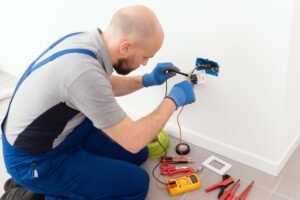
Final Thoughts
Understanding and following the AS/NZS 3760 standard is not just a regulatory necessity—it’s a vital step in protecting lives, equipment, and your business reputation. With Safetag as your trusted testing and tagging partner, you can rest easy knowing your workplace complies with national standards and maintains the highest level of electrical safety.
SafeTag – Your Safety Partner in New Zealand
Ensure workplace safety and compliance with SafeTag’s professional testing services. We offer certified solutions for Electrical Testing & Tagging, RCD Testing, Microwave Leakage Testing, and Portable Appliance Testing (PAT). Trust our experts for hassle-free, on-site service tailored to your business needs.

